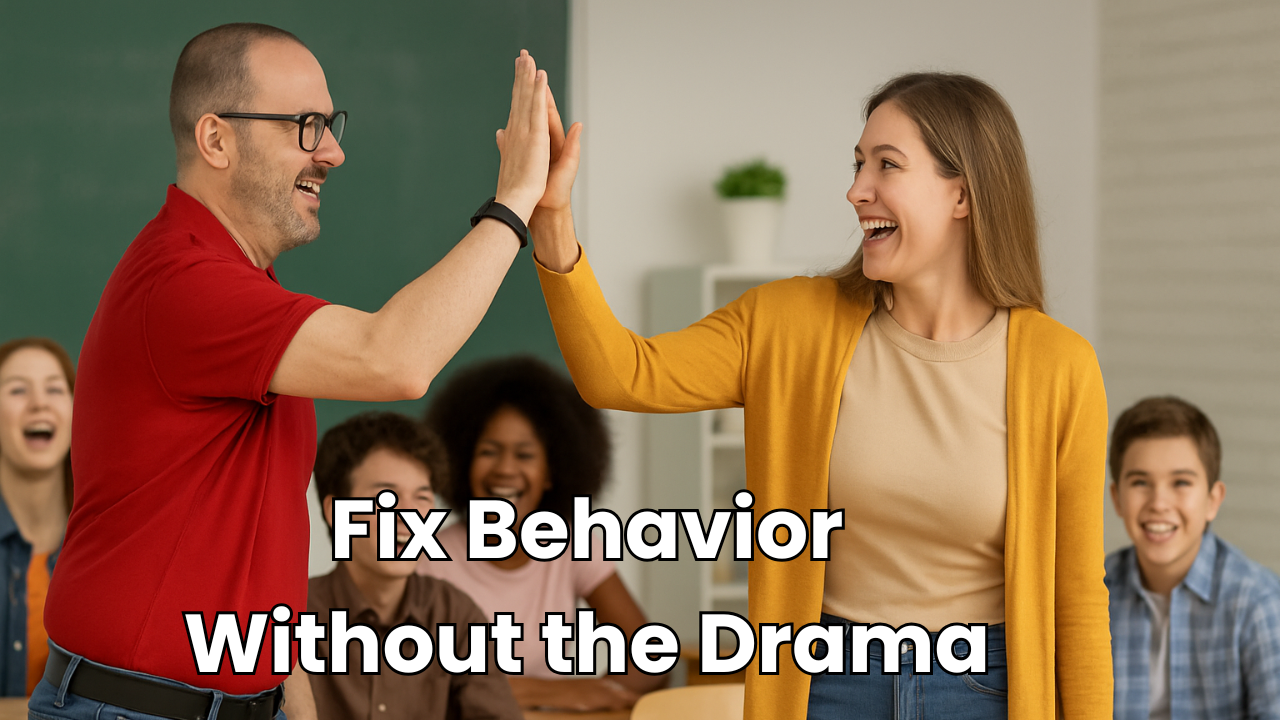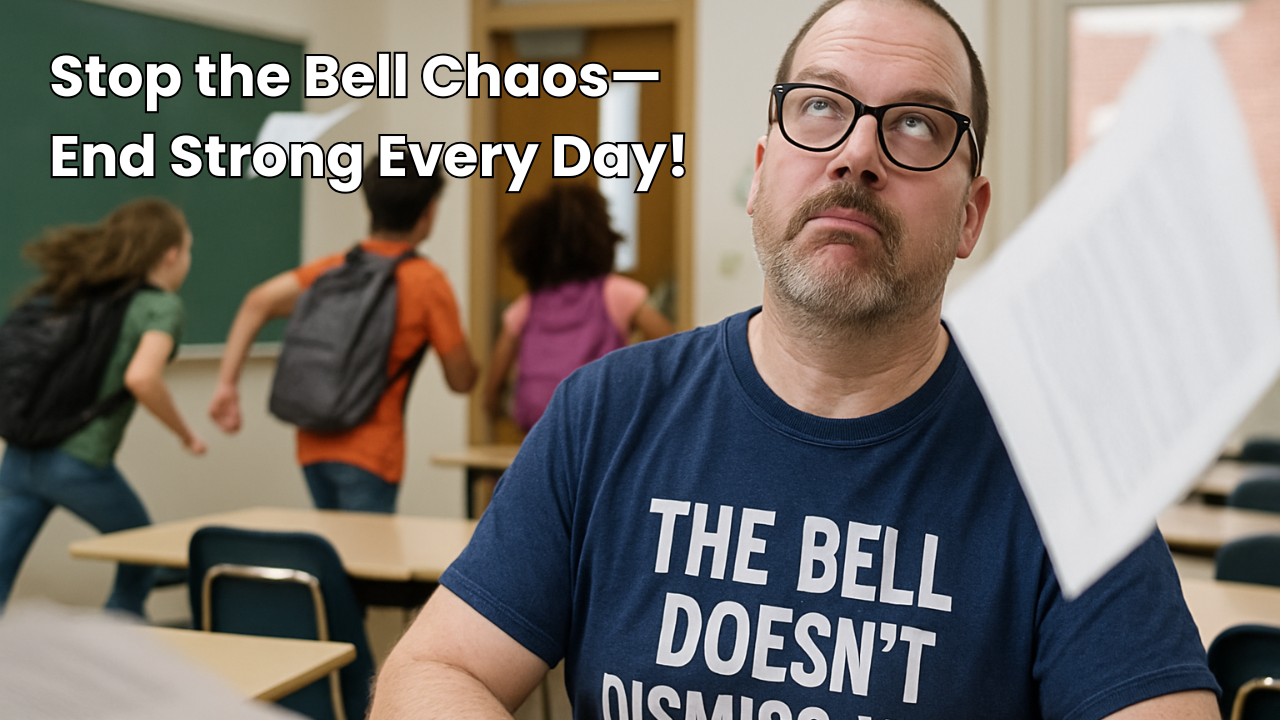
Building Bridges, Not Walls: Connection Strategies for Language Teachers
Hello, fellow language teachers!
Welcome back to the blog.
Today, I'm super excited to talk about an aspect of teaching that's close to my heart.
Yes, we're getting into the thick of 'Building Strong Teacher-Student Relationships.'
Believe me, when I say, it's the foundation stone for a fruitful language-learning journey.
Setting the Stage for Positive Vibes
Let's get one thing straight; a positive classroom environment isn't just a 'nice-to-have'—it's a 'must-have.'
To create this warm and welcoming aura, start by setting clear rules and expectations.
Make this process interactive—engage your students in laying down the classroom guidelines. Trust me, nothing breeds responsibility and accountability quite like a sense of ownership.
And while you're at it, don't forget to weave inclusivity into the fabric of your classroom.
Each student should feel valued, respected, and comfortable enough to express their thoughts without fear of judgment.
Empathy, compassion, active listening, and open communication are your best buddies here.
Keep in mind that creating a positive learning environment is a two-way street.
It's not an overnight miracle but a joint venture that requires effort, patience, and understanding from both teachers and students.
The result?
A nurturing classroom that's a perfect breeding ground for learning, growth, and success.
Your Students: The VIPs
If you want to connect with your students on a deeper level, there's no shortcut—you need to get to know them.
Introduce icebreakers, conduct surveys, or have one-on-one chats to delve into their interests, backgrounds, and learning styles.
Remember, conversations aren't a one-size-fits-all solution.
While they're an excellent tool for open-ended engagement, some students might prefer the anonymity that surveys offer.
Icebreakers, on the other hand, help shatter initial apprehensions and set the tone for a trust-filled, collaborative environment.
So, pick your method based on your personal preferences and your students' comfort levels.
It's about what works best for your unique classroom dynamics.
I'd love to hear your go-to approach for getting to know your students in the comments below!
Personalized Learning: The Key to Engagement
Acknowledging that each student is unique is the stepping stone to personalized learning.
By catering to their individual learning styles, you empower them to take ownership of their learning experience.
Whether it's through customized lesson plans or alternative assignments, personalized learning can make your language instruction more engaging and effective.
Have you tried this approach before? Share your experiences in the comments!
Building a Non-judgmental Environment
Establishing a sense of community is a powerful way to build trust among your students.
Create opportunities for collaborative learning where students can freely share their ideas and perspectives.
To foster a non-judgmental environment, place the emphasis on growth rather than grades.
Celebrate individual progress, encourage mistakes, and provide constructive feedback.
And don't forget the magic of targeted praise—acknowledging specific efforts can foster a sense of pride and ownership among your students.
Wrapping Up
So there you have it, some practical strategies for building robust relationships in your language classroom.
Remember, it's a continuous effort to understand, connect, and collaborate with your students.
Share Your Thoughts
How do you plan to incorporate these strategies into your classroom?
Share your ideas in the comments section!
Until next time, Happy Comprehensible Input!



